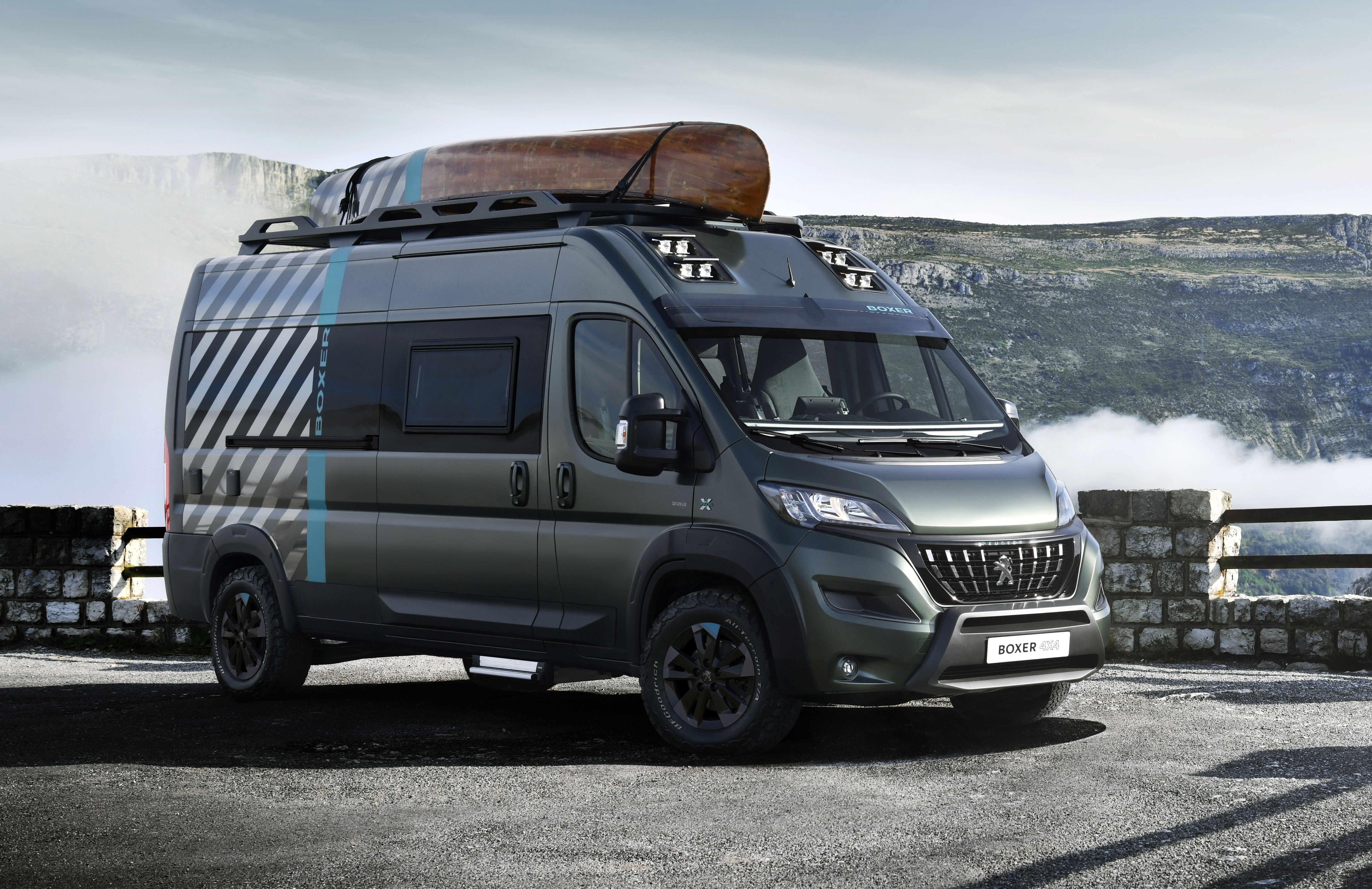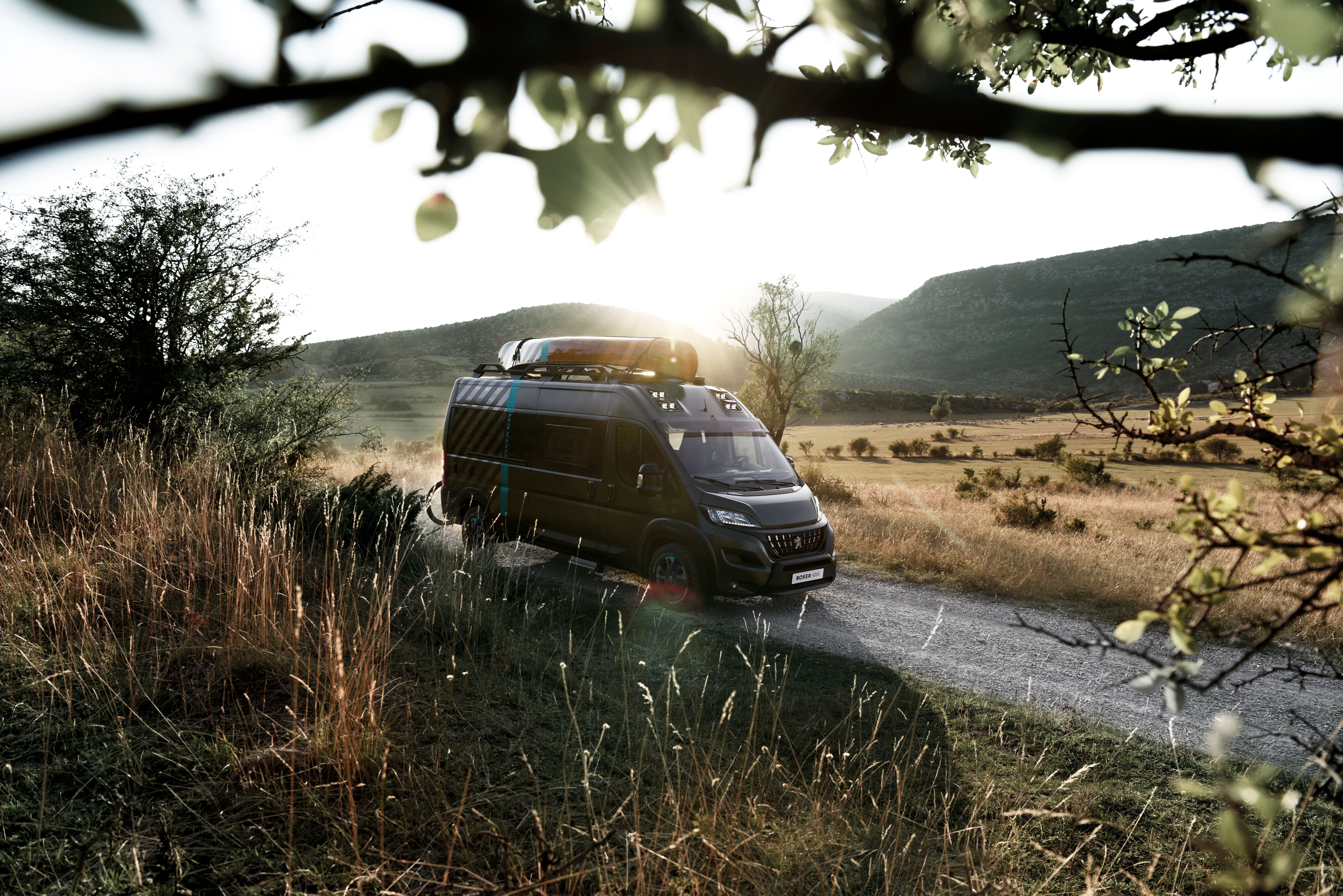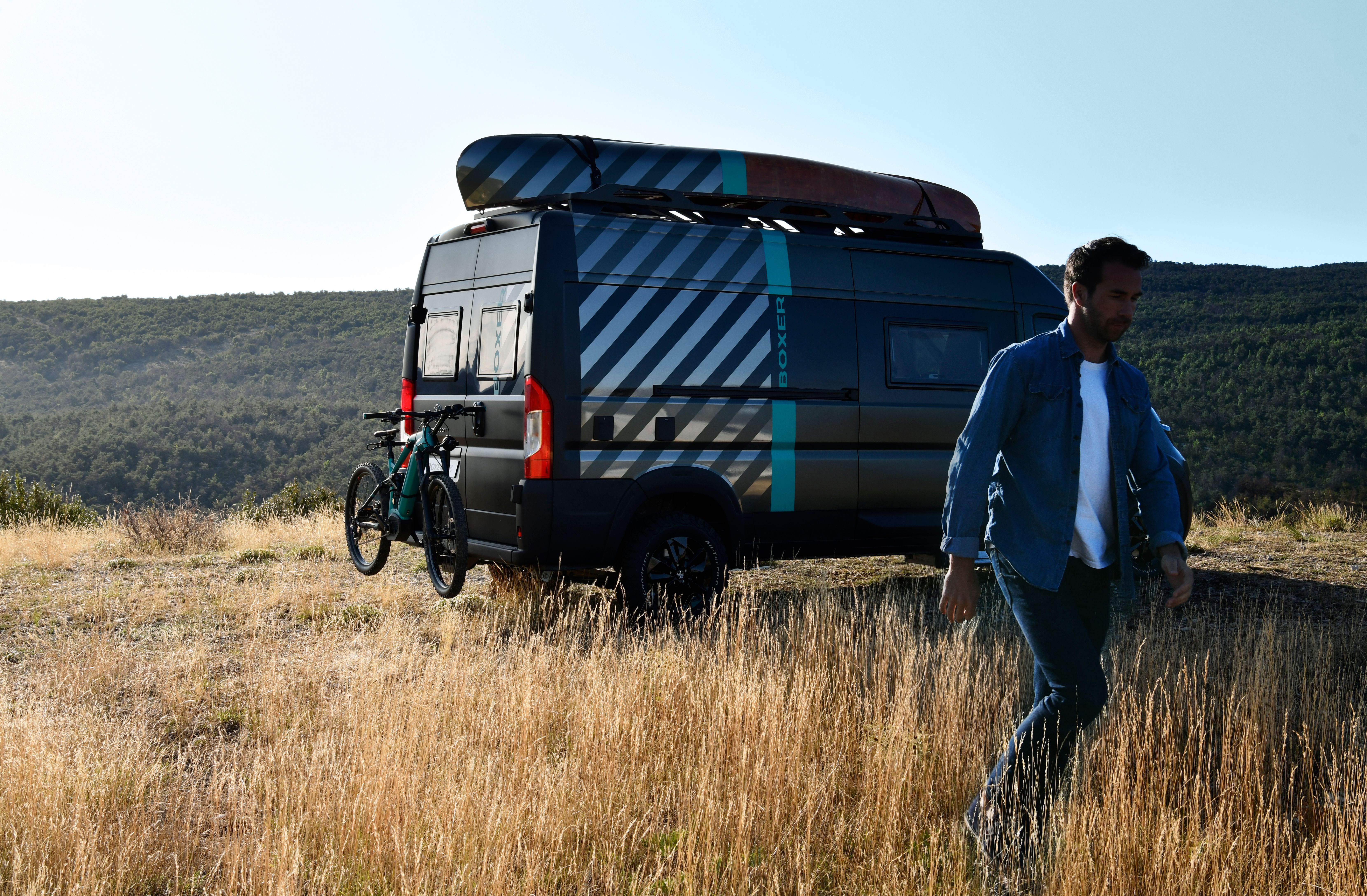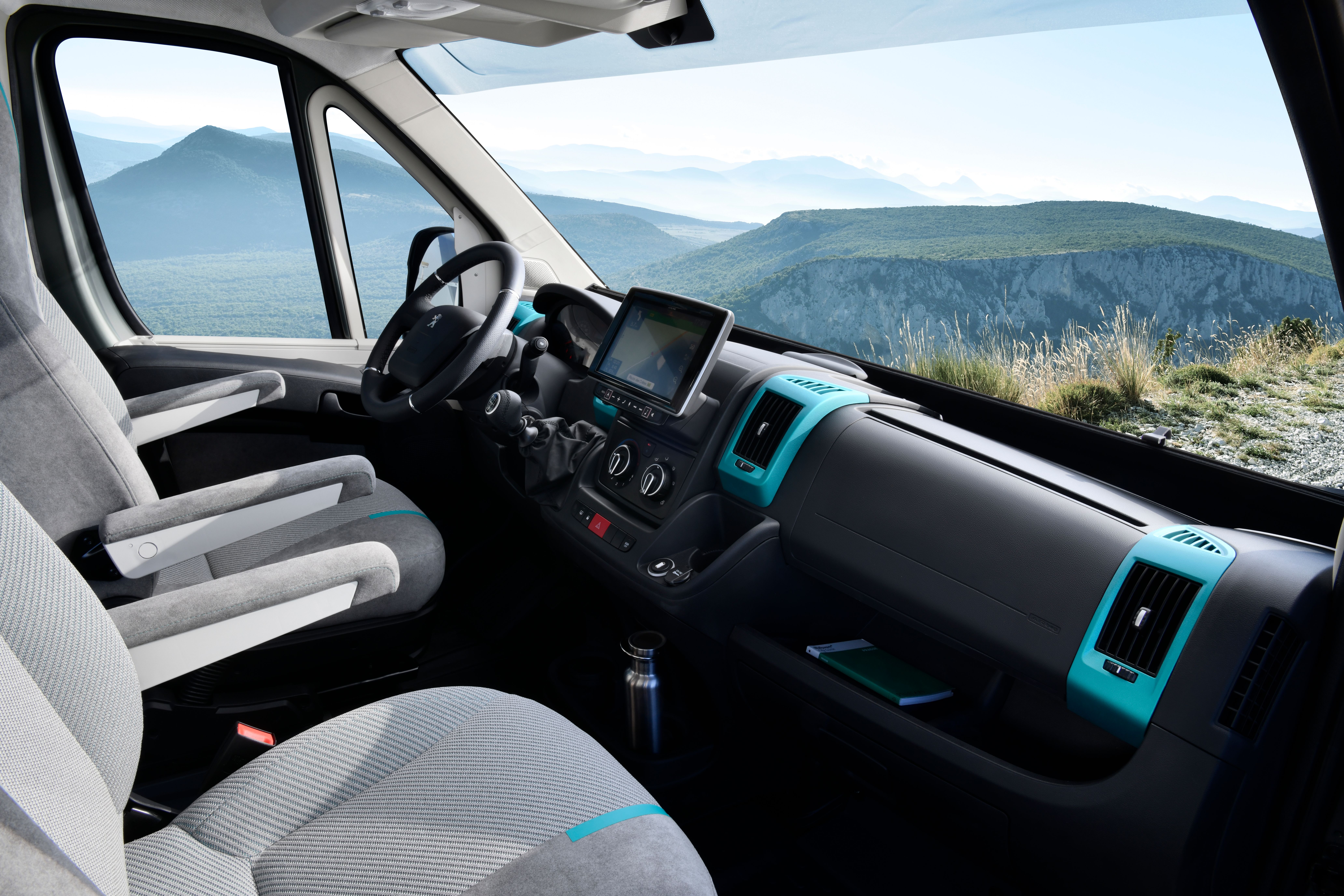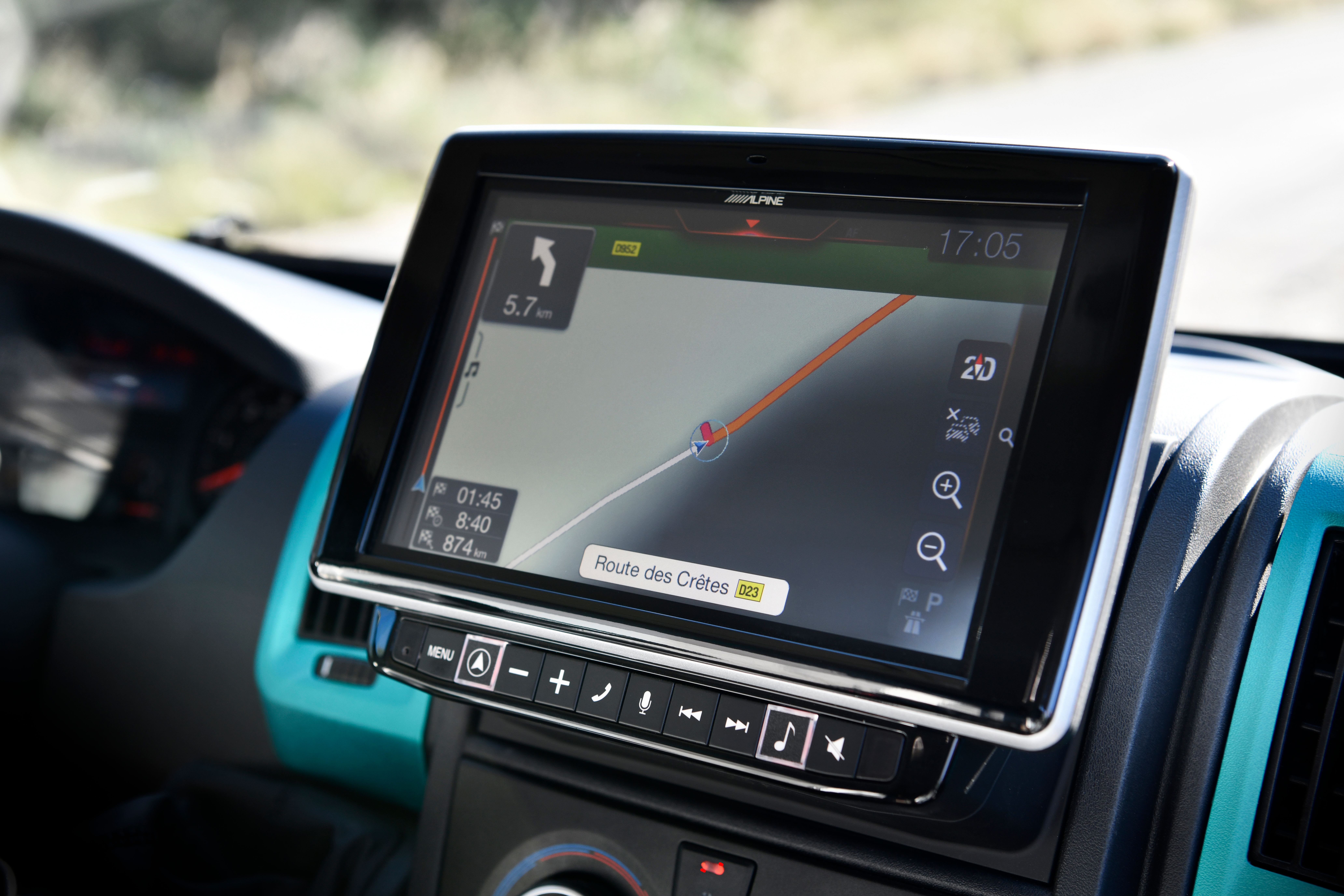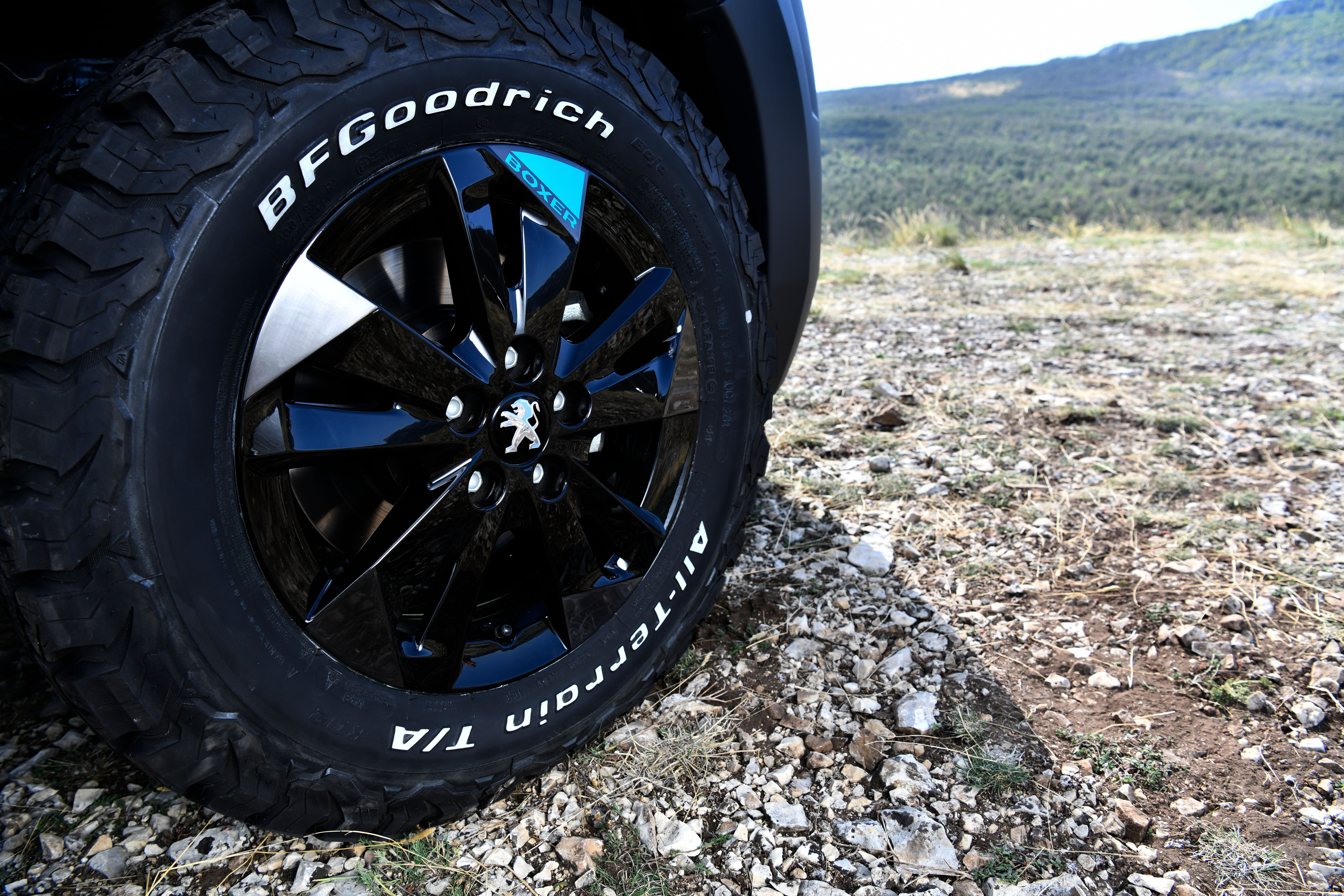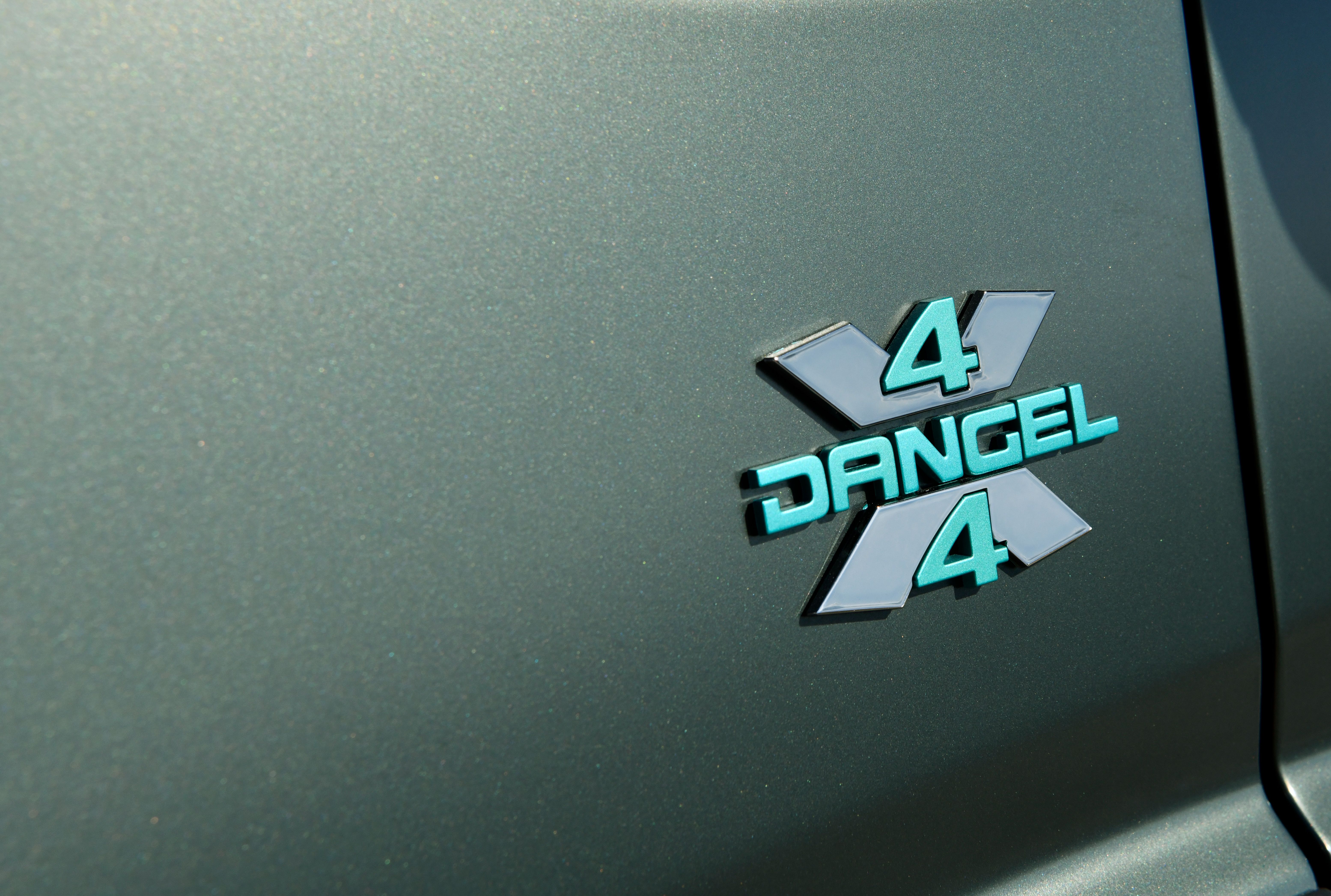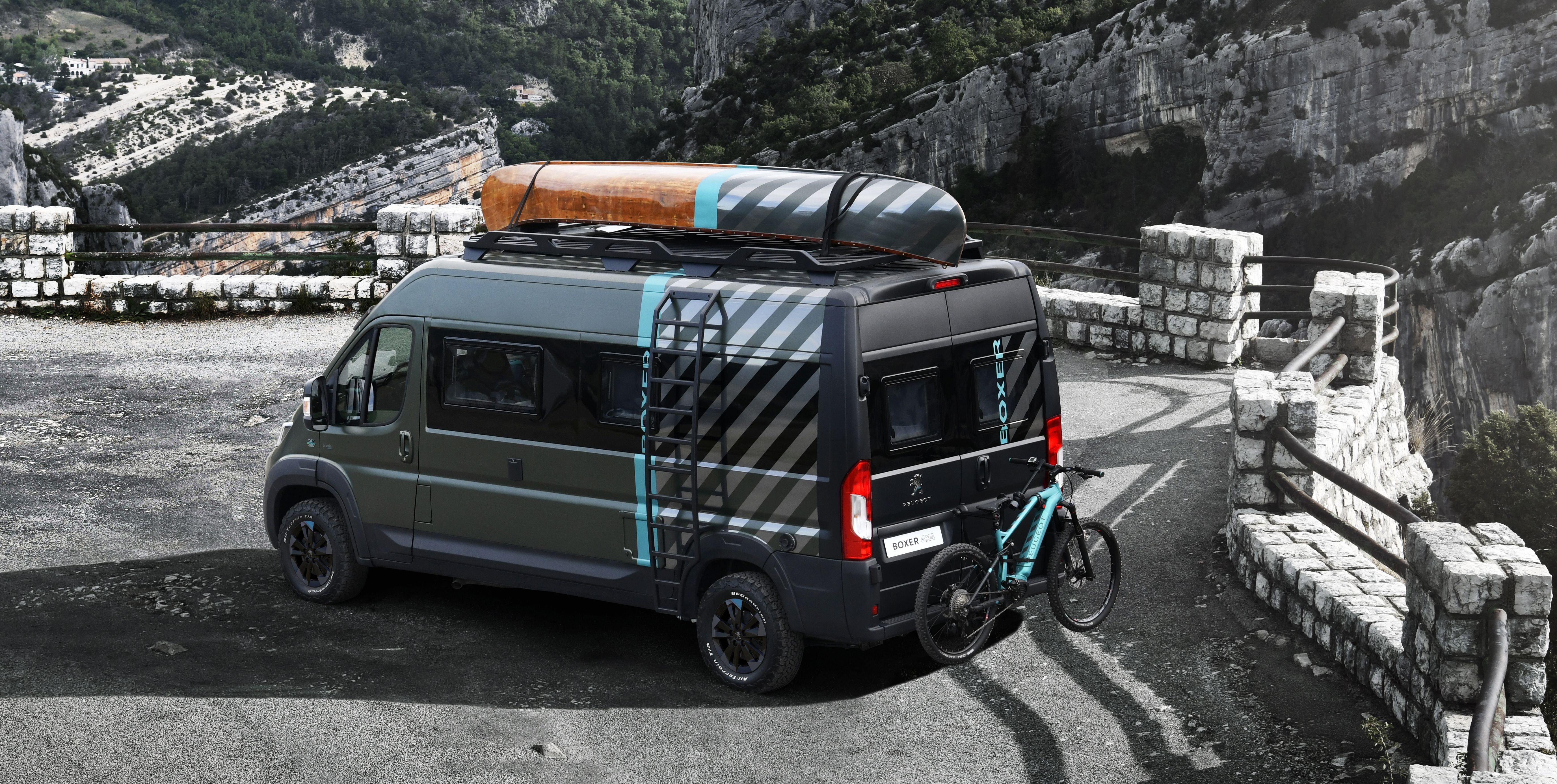Overlanding might not be a new concept over in the States, but to Europeans, it kind of is. With that in mind, Peugeot has taken a bold step in coming up with a concept car - better said, van - that’s supposed to do one thing and one thing only: offer freedom of movement regardless of how rough your path gets.
Mind you, this is not the sort of delivery truck that delivers your Amazon order or that fancy new pair of shoes you just bought online - the regular Peugeot Boxer is well-equipped for that job, and if you happen to live in Europe, then you also know that Sochaux’s workhorse is quite popular and a frequent favorite of both entrepreneurs and larger companies. That aside, let’s have a look at just what sort of backbone can the humble, hard-working Peugeot Boxer offer to support your overlanding ambitions.
Exterior
White body paint and plastic cladding all around, seasoned with steel wheels? Well, hell no. More like Wanderlust Green with hints of satin and pearl. Remember, the Peugeot Boxer 4x4 is not your run-of-the-mill delivery van, so the French carmaker is making sure that no confusions are made by spicing things up with oblique dark chrome stickers for a bold appearance.
If so far the changes are not that far away from what the regular Boxer has to offer; you’ll probably spot right away the LED light modules integrated into the bodywork, right above the windshield - four on each side, forming a square cluster. Peugeot says that these are the same with the ones used by the Peugeot 508 and their purpose on the Boxer 4x4 Concept is to light up the road ahead while “getting back to camp in the middle of the night.” We reckon they’ll also come in handy in foggy conditions, heavy rain, thick snowfall, or full-blown blizzards.
Now, you don’t have to decorate your canoe with the same stripe pattern as the Boxer 4x4 Concept, but if the carmaker decides to actually put the overlander into production, it might also consider offering that canoe as part of the whole package just as it could do with the mountain bike that’s mounted on the rear rack.
By the way, the bicycle you see there is Peugeot’s eM02 FS Powertube ATV, an electrically-assisted bike that’s part of Peugeot’s latest generation of e-bikes. After all, cultured explorers of the wild know very well that on some occasions, not even the mother and father of off-road vehicles won’t be able to take you over a fast-flowing mountain river or through a rocky valley.
Interior
The first thing you need to know is that the Peugeot Boxer 4x4 Concept is built on a Boxer L3. Peugeot says the overlander’s interior offers 10 square meters (107.6 square feet) of space, designed in such a way to ideally accommodate three people.
Now, the French carmaker used the available space to split the cabin (formerly known as loading area) into four distinct zones: a kitchen and dining area, a sleeping area, a bathroom, and the driver’s station. Yes, the driver gets his own station. There’s also word about “many storage spaces will allow you to bring all the equipment you need for extreme sports and everyday life.” No volume-related figures are provided though, so we’ll have to take Peugeot’s word for it.
Again, the ambiance inside the Peugeot Boxer 4x4 Concept is described as of the cocoon ilk. Taking care of that is a combination of technical mesh and Alcantara in Greval Grey, which is carried over from the Peugeot e-208 GT and hybrids such as the 508 Hybrid GT and 3008 Hybrid4. Either way, you look at it, GT is Peugeot’s top-shelf trim level, so there’s no doubt that the manufacturer opted for the best available in terms of materials and trim.
Moving on to the utility side of the Boxer 4x4 Concept, we’re told that the KERROCK table, worktop, and sink are made of aragonite, a naturally-occurring white-colored mineral (one of the three crystal forms of calcium carbonate, for the chemistry geeks out there). Peugeot says its designers chose this material in particular for its hardness - similar to natural stone - and beauty alike. What’s more, the floor is made of 100 percent plastics that come from milk and soap bottles.
Drivetrain
Peugeot started from the idea that the Boxer 4x4 Concept must be equally comfortable on gravel, mud, snow, and rocky roads. We’re thinking driving range had a big say in this as well since the company opted for the Boxer as a base vehicle for the overlanding prototype. The reason we’re saying that is the engine: Peugeot’s BlueHDi 165 mill, to be more precise, mated to a six-speed manual and a four-wheel-drive setup from DANGEL.
While 2WD is self-explanatory, 4WD sends power to the rear wheels when traction is lost on the front axle, while Lock mode, well, locks the rear axle, which is useful when negotiating rough ground. Speaking of which, the Boxer 4x4 Concept has a ground clearance of 30 millimeters in the front and 50 millimeters in the back.
Final thoughts
The European overlanding market isn’t exactly big as we write this, but the trend is making a comeback in the United States, and this could also be the start of a similar movement across the Atlantic. With the Boxer 4x4 Concept, Peugeot is showing that custom-build overlanding vehicles don’t have to use American or Japanese donor vehicles. In fact, what matters most is the attention to detail and comfort inside the vehicle, as well as its off-road prowess. The thing is, the solutions for those areas are already there, offered by the carmakers themselves or by third party suppliers. So we hope you agree with us when we say that such creations should come to light a little more often than they do right now.

